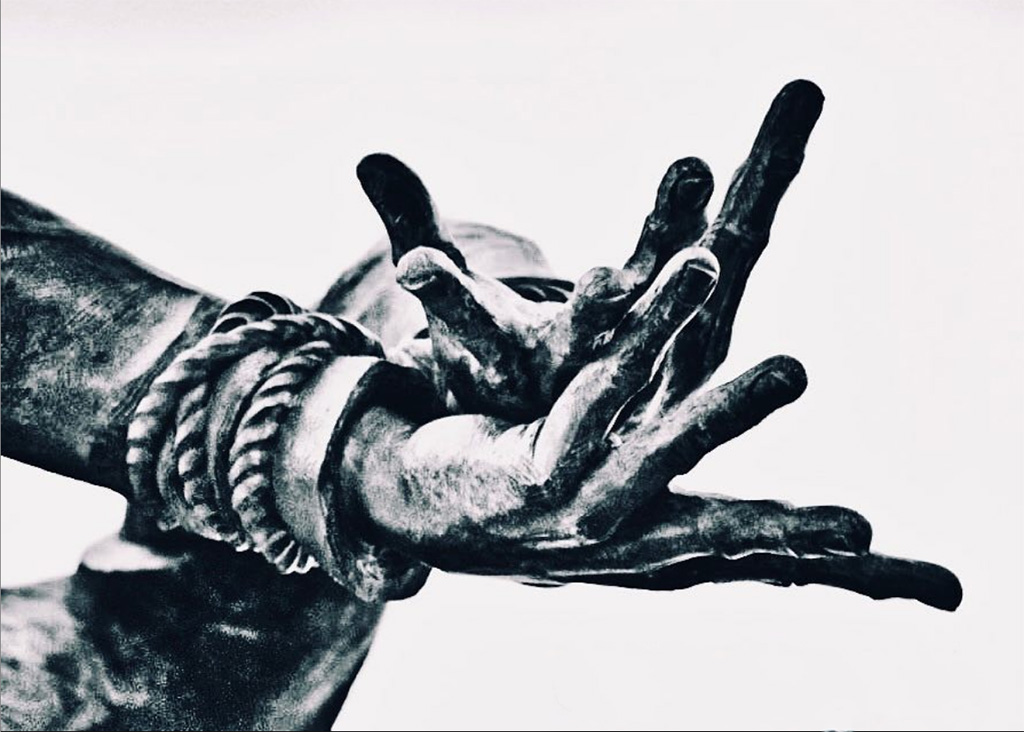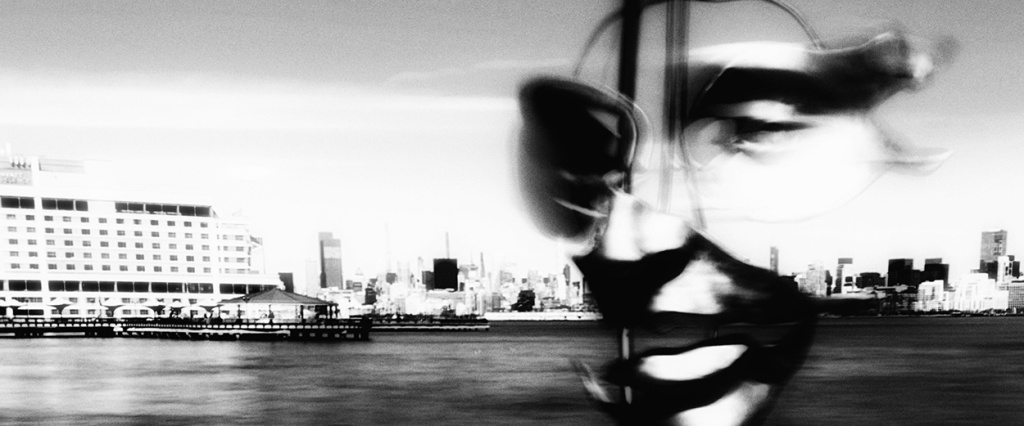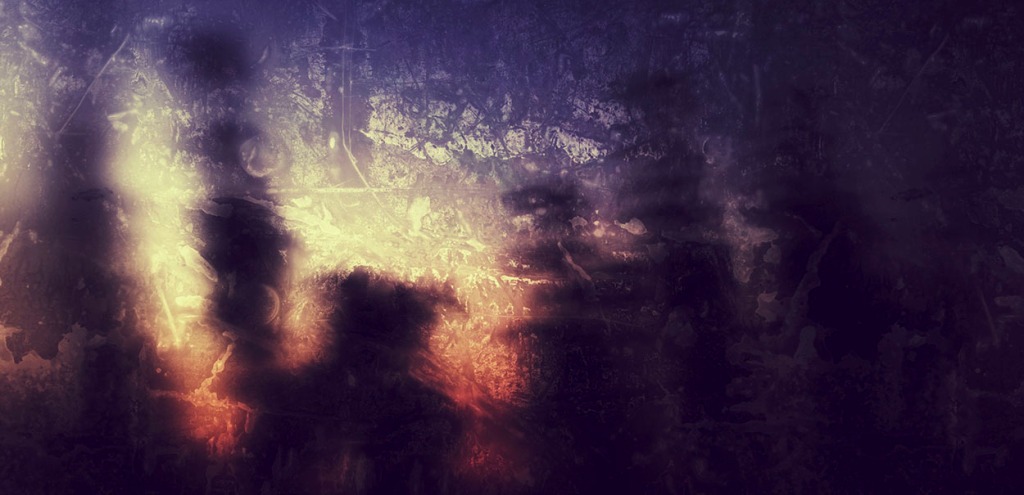Thoughts on Photographing (Almost) Nudes and Bodyscapes 101
There are landscapes, cityscapes, seascapes, and skyscapes, and then there are bodyscapes. There is boudoir, as well as dudeoir, and then there is nude photography.
When it comes to art, nudes often make an intriguing and interesting subject, oftentimes complicated to paint in words, with light or actual paint. For example, nude photography is much more than photographing someone with no or almost no clothes on.
It usually takes light and mostly shadows–the mystery and intrigue that shadows create–to make an image happen. The use of shadows is maybe even more important when creating and trying to capture (the idea of) passion, love, and mystery with a hint of anticipation, all wrapped in one portrait. It’s often the message within the shadows that helps us create an illusion, and help viewers imagine what would happen next, evoke a certain mood or feeling to keep the audience engaged in the story (the story we’re trying to tell, visually, through our image).
Like with any other photo shoot, when photographing the human form as photographers we need to choose our lighting, models, clothing, props and the like based on what we want (or have) to achieve, based on the look, mood, feel we want to create through our images. Remember, we often use photography to create an illusion and suggest a certain action or feeling.
When looking for models, maybe start by asking people you know, who might be a good fit for your photo shoot. Oftentimes it is easier to photograph friends rather than strangers.
Explain what you want to achieve by photographing them.
Discuss props, poses, and lighting. Explain your vision of the final image. Ask models for suggestions. Some might have quite some interesting ideas.
In order to find your way to the photo shoot you’re really after, start by photographing fitness, showing muscle definition; or have a fun shoot focusing on a lighter mood, even if the final goal is a much darker, edgier image. Photograph your way to the final photo shoot. You won’t only learn a lot, hands-on, but you’ll get more comfortable photographing your models, even if they’re friends, and they will get more comfortable posing for you in front of your lens. They will become, at least in part, active participants in your project. And that’s usually a good thing if you all have common goals.
For example, a few years ago I got to photograph the cast of Naked Boys Singing for Out IN Jersey Magazine. We ended up shooting in Asbury Park. I needed to photograph naked boys (singing) on the beach or to photograph them appearing as if they were naked on the beach. Now, while we couldn’t go to a Jersey nude beach, Asbury Park Beach is not a nude beach, my subjects couldn’t just bare it all. So they stripped down to their swimsuits. And they had sunglasses, sweaters, and a beach towel as props.
I needed to capture them as if they were naked, to suggest or imply that they were naked, so we used towels and sweaters and hid behind rocks.


As I mentioned above, another way to start photographing almost nudes is by capturing fitness portraits of, say, shirtless guys, showing muscle definition, for example, photographing someone’s back:

While experimenting with photographing the human body, another idea would be to paint with light. Several years ago I tried my hand at painting with light (while using a flashlight) when creating an image for the Fresh Fruit Festival, an art show on display at the Leslie-Lohman Museum of Art, in New York City. The theme was Crossing Boundaries. I called my image Backbone (in black and white). Read more about how I created the image here. The image was later acquired by Dreamspinner Press, for the cover of Out of the Fire, an M/M romance novel by Ariel Tachna.
If planning on showing a lot of skin, ask your models to bring props, and use poses and/or gestures to subtly suggest what viewers might expect to happen “next” (in the visual story you try to tell through your image).
For example, in the image posted above, “Man in Scarf,” my friend brought this long silky scarf, lots of short pants, and a pair of sunglasses. I used two strip boxes (one gelled and used as background light) and told my friend to wrap the scarf around his body, like a spiral, and slowly take off his glasses. And I kept shooting. I ended up converting the image to black and white, in post. The result is the image posted below:

Another idea is to “sketch” with light, to silhouette someone’s body:

To capture bodyscapes by zooming in on parts of human body or using shadows to create mood and subtly present the human body.


Or capture a close-up of a kiss or embrace. Shoot from a distance and zoom in on the subject, or crop in post, to get a tight shot.
In general, if/when you are ready to experiment with nude or almost nude portraits or bodyscapes, leave a few things untold, between the lines or within the shadows. Remember, highlights reveal and shadows conceal. Use shadows to tap into viewers’ own feelings and add an element of mystery and anticipation.
More on bodyscapes in an upcoming post. Until then!
Thanks for stopping by!





Leave a comment